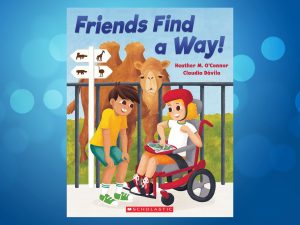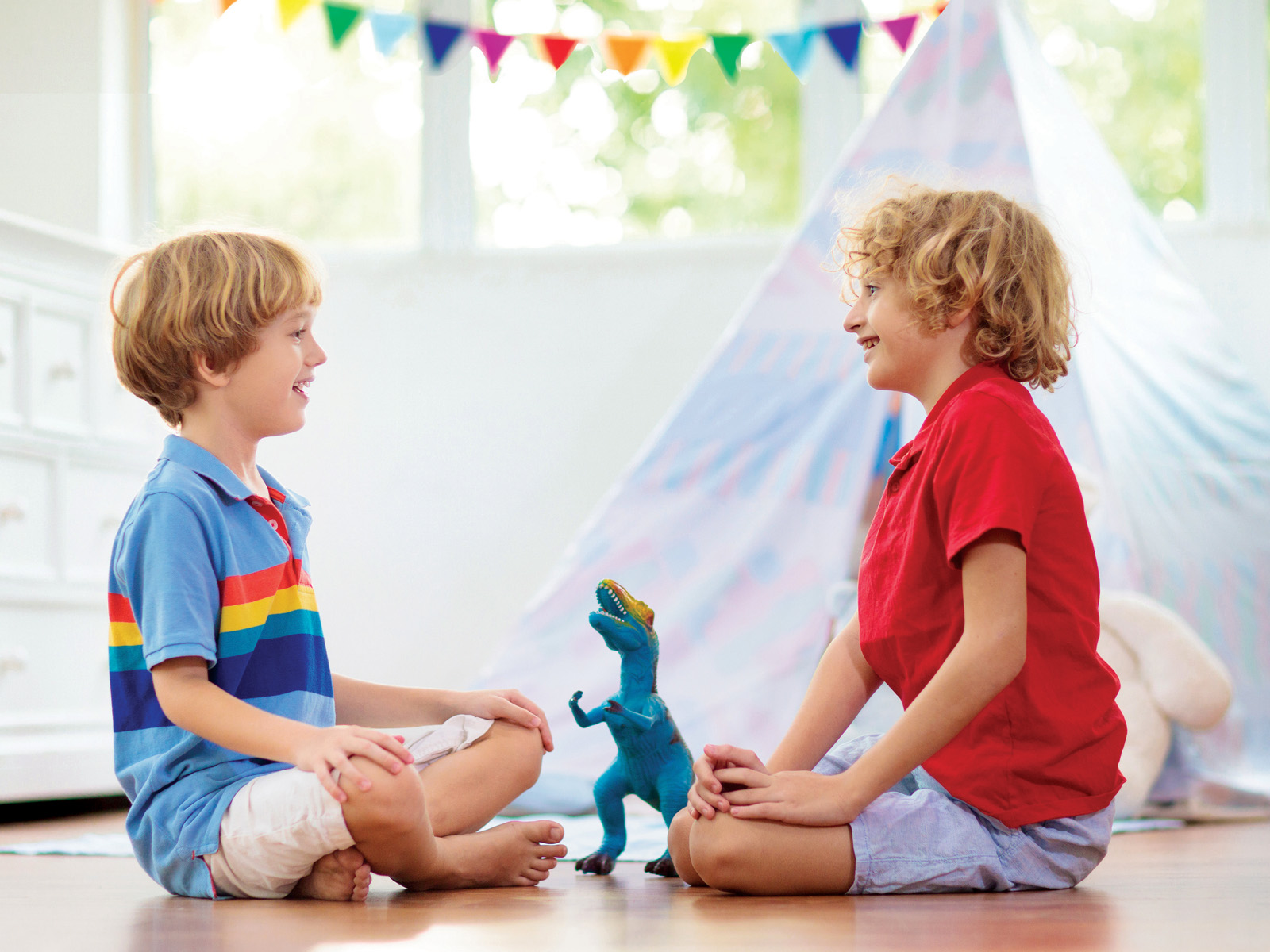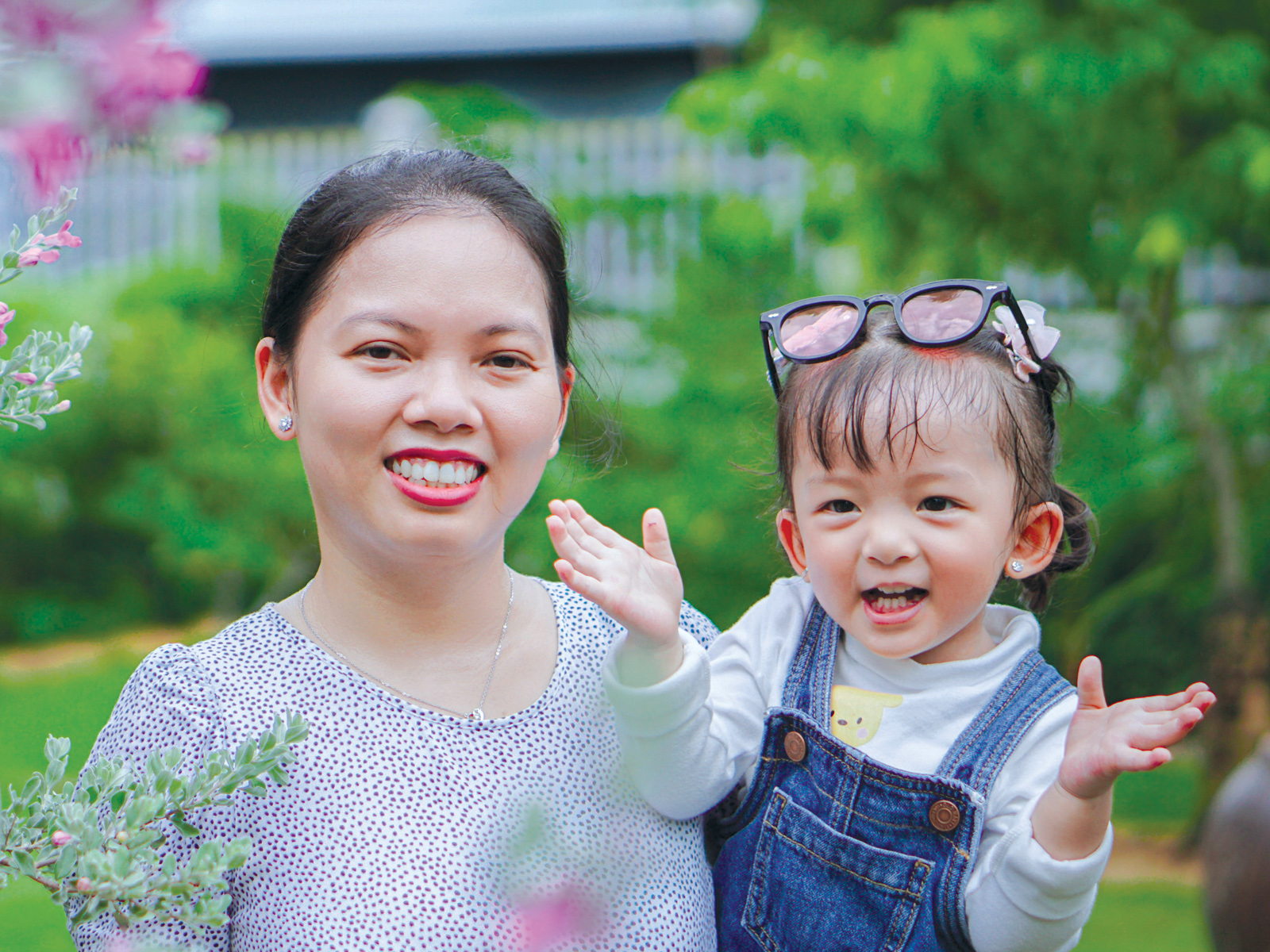Tips for parents, grandparents, and babysitters
Being outside, socialising, and developing through activities and play is good for youngsters to learn how to participate with others and explore the world. However, when planning activities, it’s important to put a little more thought into exactly what you’re doing, how you’ll do it and where you’re going, so that as many kids as possible can benefit. Consider intellectual, emotional, language and behaviour development levels and areas you’d like to enrich. Here are some play ideas that’ll make it possible for more little ones to join in on the fun!
Make it accessible
Children need to be able to get in and out of the play area safely- whether they’re coming from school, home or another activity—so think about the whole journey.
Ensure the space is accessible for all mobility devices and impediment free. Look for slip-resistant features, occasional seating and consider widths, height and reach for different kids. Are the play facilities wheelchair-adapted? Within the play area, aim for a surface that has good impact absorption but is relatively firm (avoiding deep loose materials).
With physical play, choose a range of options—some may focus more on upper body motor skills for example. Be ready to make appropriate adaptations for activities, for example: if a child is unable to throw a ball, encourage them to kick or roll it.
Different types of space
Create zones where children have a choice of busier, more active areas and quieter areas.
Provide an open space for busy-bees that enjoy running/wheeling, balls, nets, markings for chalk games, logs for balancing, etc. Alternatively, pump up the music and encourage dancing or moving to the beat to get the wiggles out! Music is a modality that engages children of all ability levels.
Make boundaries for quiet spaces that can be used for reading, craft making, storytelling, or colouring. Consider making a “sensory den” with blankets, pillows, and string lights for kids who want to take a break, or a nap.
Engage all the senses
Maybe one of your child’s friends lives with vision or hearing loss. Here sensory games are a good option. Choose materials and activities to explore through all the senses—interesting textures, shapes, solidity, weight, pattern, colour, temperature, etc.
Consider homemade play-dough, add a few drops of essential oil to engage their sense of smell. You can also make footprint paintings or engage in activities like washing the car that involves hot and cold water.
Also, try heightening sensory stimuli in some areas and reduce it in others to provide choice. Examples include dimmed or coloured lighting and relaxing or loud music. Depending on the child’s needs, consider providing different fidget toys, noise-cancelling headphones, sunglasses, braille, picture and audio books, weighted blankets, the list goes on!
Choose no-rules activities
Games that require that everyone understands and follows a set of rules can be frustrating for some, but designated activities with no right or wrong approach can be both encouraging and relaxing. Give these a try for fun:
• Dance party
• Finger painting
• Sand play
• Colouring
• Fun with stickers
• Wind-down yoga
There are many thoughtful ways to make sure that your kids and their friends are able to share, navigate, learn and be included in play, so get creative. Or better yet, ask the kids what they enjoy doing. Maybe they’ll suggest some things that you haven’t even thought of yet that would be fun for everyone!
Jessie Forbes is an intern with the Canadian Abilities Foundation and identifies as gender fluid and pansexual, going by they/them pronouns.














